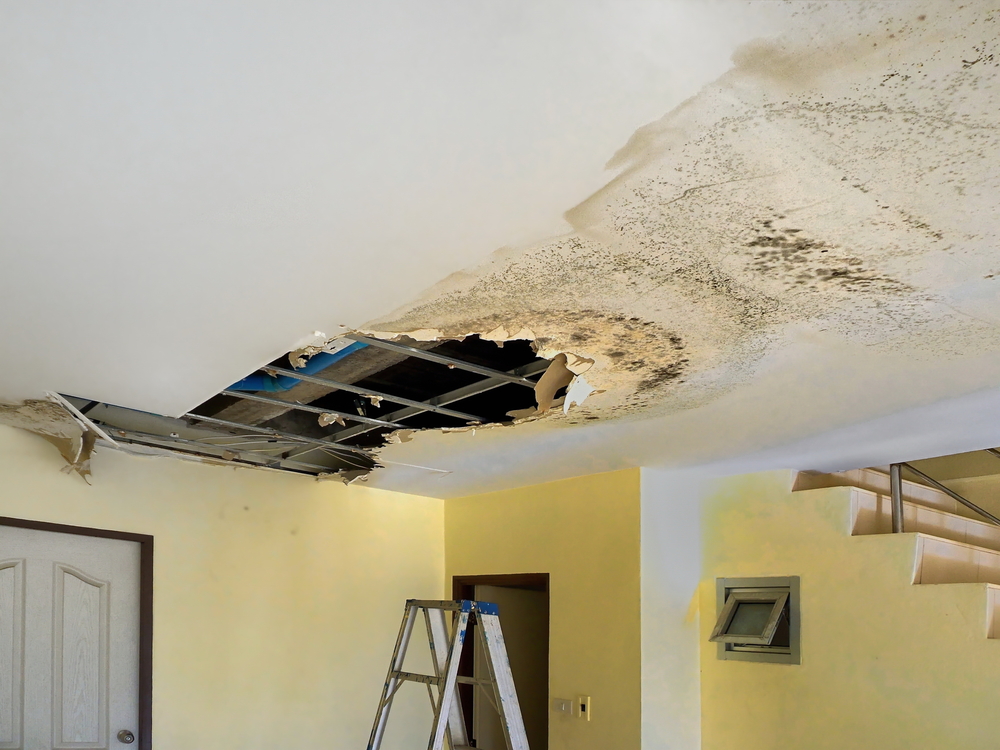We've noticed the article about Detecting hidden plumbing leaks directly below on the web and figured it made sense to write about it with you on this site.

Early detection of leaking water lines can reduce a prospective disaster. Some small water leaks might not be visible.
1. Check Out the Water Meter
Every home has a water meter. Checking it is a proven manner in which helps you discover leakages. For beginners, turn off all the water resources. Make certain no one will purge, utilize the tap, shower, run the cleaning device or dishwasher. From there, go to the meter and also watch if it will certainly change. Given that no one is using it, there need to be no motions. If it moves, that shows a fast-moving leak. If you detect no adjustments, wait an hour or 2 and also inspect back once more. This indicates you may have a sluggish leakage that could also be underground.
2. Examine Water Usage
Evaluate your water costs and track your water usage. As the one paying it, you need to notice if there are any type of disparities. If you find sudden changes, in spite of your intake being the same, it implies that you have leakages in your plumbing system. Bear in mind, your water bill should fall under the exact same array every month. An unexpected spike in your expense shows a fast-moving leakage.
A steady increase every month, even with the same habits, shows you have a slow leak that's additionally slowly rising. Call a plumber to extensively check your residential or commercial property, specifically if you really feel a cozy area on your floor with piping beneath.
3. Do a Food Coloring Test
When it comes to water consumption, 30% comes from commodes. If the color in some way infiltrates your dish throughout that time without flushing, there's a leak in between the container as well as bowl.
4. Asses Outside Lines
Don't fail to remember to check your outside water lines as well. Needs to water leak out of the link, you have a loose rubber gasket. One small leakage can squander tons of water as well as spike your water expense.
5. Examine the scenario as well as evaluate
Property owners need to make it a habit to inspect under the sink counters and also even inside cupboards for any kind of bad odor or mold growth. These 2 warnings show a leak so prompt interest is called for. Doing routine assessments, also bi-annually, can conserve you from a major issue.
Inspect for stainings and also damaging as a lot of home appliances as well as pipes have a life expectancy. If you suspect dripping water lines in your plumbing system, do not wait for it to intensify.
Early detection of leaking water lines can minimize a prospective catastrophe. Some tiny water leaks might not be noticeable. Inspecting it is a surefire means that aids you find leaks. One tiny leakage can lose lots of water and increase your water bill.
If you think dripping water lines in your plumbing system, do not wait for it to escalate.
WARNING SIGNS OF WATER LEAKAGE BEHIND THE WALL
PERSISTENT MUSTY ODORS
As water slowly drips from a leaky pipe inside the wall, flooring and sheetrock stay damp and develop an odor similar to wet cardboard. It generates a musty smell that can help you find hidden leaks.
MOLD IN UNUSUAL AREAS
Mold usually grows in wet areas like kitchens, baths and laundry rooms. If you spot the stuff on walls or baseboards in other rooms of the house, it’s a good indicator of undetected water leaks.
STAINS THAT GROW
When mold thrives around a leaky pipe, it sometimes takes hold on the inside surface of the affected wall. A growing stain on otherwise clean sheetrock is often your sign of a hidden plumbing problem.
PEELING OR BUBBLING WALLPAPER / PAINT
This clue is easy to miss in rooms that don’t get much use. When you see wallpaper separating along seams or paint bubbling or flaking off the wall, blame sheetrock that stays wet because of an undetected leak.
BUCKLED CEILINGS AND STAINED FLOORS
If ceilings or floors in bathrooms, kitchens or laundry areas develop structural problems, don’t rule out constant damp inside the walls. Wet sheetrock can affect adjacent framing, flooring and ceilings.
https://www.servicemasterbyzaba.com/blog/how-to-detect-water-leakage-in-walls/

Hopefully you enjoyed reading our excerpt about Locating water leaks. Thanks a ton for finding the time to read through our short article. Sharing is nice. One never knows, you might be doing someone a favor. Thanks a lot for your time. Visit us again soon.